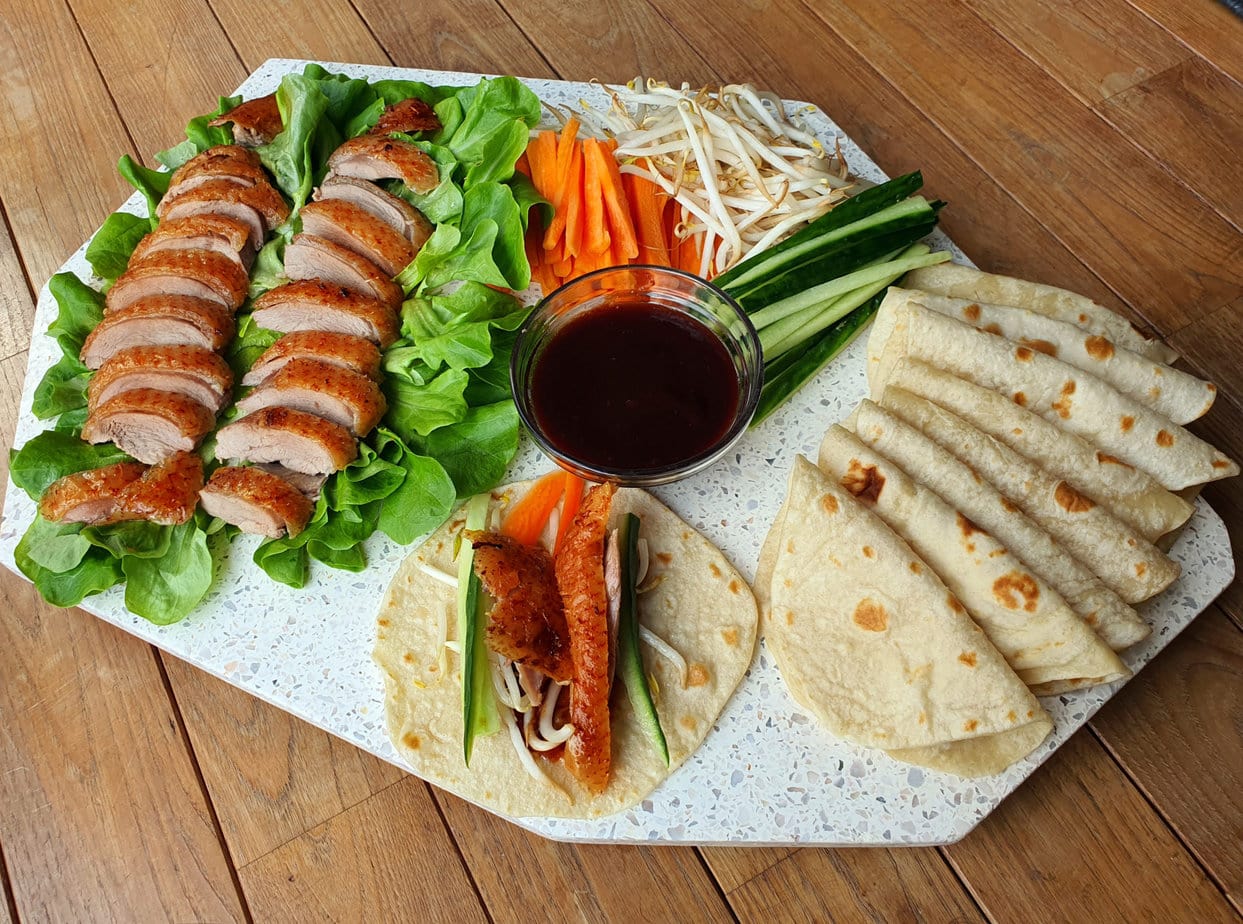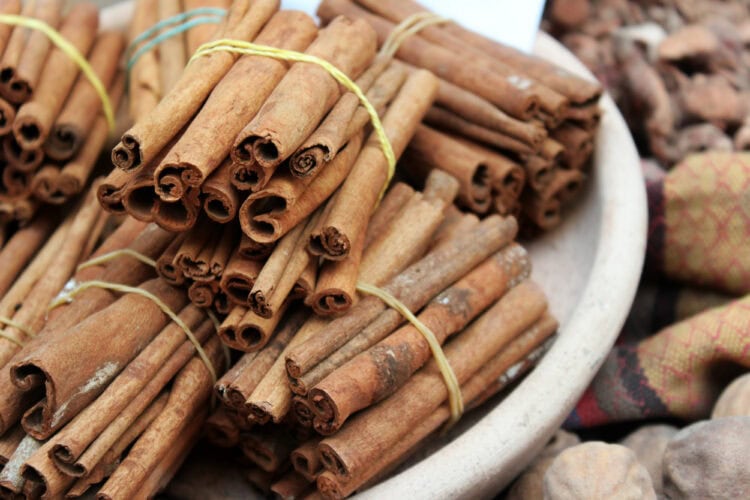Cinnamon; a spice we all know very well and which has this comforting power at the beginning of autumn and winter… In coffees, wines, or desserts, it doesn’t go unnoticed and you’ll be surprised to learn that it can also have a place of honor in savory dishes.
It’s Chinese cinnamon or “cassia cinnamon”!
What is Chinese cinnamon?
Chinese cinnamon is a spice that comes from the “inner bark of the cinnamon tree, a tree belonging to the laurel family. To obtain it, the bark of the tree is harvested to be dried and fermented.”
It is then that its outer layer is removed and dried. However, when drying, cassia cinnamon does not take the usual form we know, which is long sticks rolled up on themselves.
It is said that this variety is much thicker than traditional cinnamon. The original branches are thicker than those of the Ceylon cinnamon tree, which prevents it from rolling up like a classic cinnamon stick. Harvesters must massage the bark before incising it and separating the different layers present.
Cassia cinnamon is obviously widely used in cooking, and highly appreciated for its sweetness and power, especially when mixed with other spices, but it is also used for its medicinal and aromatic properties.
Where does Chinese cinnamon truly come from?
Cinnamon, as such, originates from Ceylon, the former Sri Lanka, south of India, and was widely used in the region before the 19th century. Later, it was harvested in the Seychelles, Madagascar, Java Island, Indonesia, the West Indies, French Guiana, and Brazil.
But what about the famous cassia cinnamon? This is actually one of the many varieties of cinnamon that exist. As its name suggests, the Chinese cinnamon tree, from which the spice comes, grows mainly in China. It has been imported from the Orient for about 4,000 years. It is, in fact, one of the oldest known species.

What does Chinese cinnamon taste like?
The taste of cassia cinnamon is significantly more intense than that of traditional cinnamon, due to its lack of eugenol. It’s a taste found in spices and aromatics with strong flavors, like cloves, bay leaves… It’s a strong and slightly bitter taste
In short, this variety has more character than Ceylon cinnamon. You can visually differentiate them, as the latter is more reddish, while Chinese cinnamon is brown, almost gray.
How to use Chinese cinnamon in cooking?
Surprisingly, cassia cinnamon seems to be a better choice for savory dishes than for sweet ones. Which is not necessarily true for traditional cinnamon! It pairs very well with meat dishes (lamb, duck…) and brings a warm exotic note to rice dishes or couscous.
Nevertheless, Chinese cinnamon can also be used in desserts. It enhances many treats that we snack on a lot these days, such as gingerbread, carrot cake, dishes based on apples or pears… Not to mention drinks, namely tea, hot chocolate, or wine.
This is the cinnamon that will be used in Chinese five-spice powder or even pho
And what are the benefits of Chinese cinnamon?
In traditional medicine, cinnamon, of any variety, is known to stimulate appetite and relieve digestive problems. It is also used for gastrointestinal infections. It is also used for its stimulating and invigorating effect as it increases blood flow.
Where to find Chinese cinnamon?
Many varieties of cinnamon can be found online, in powder or stick form, knowing that the cost of cassia cinnamon is significantly lower than that of Ceylon cinnamon. The latter can be four times more expensive than Chinese cinnamon.
How to Store Chinese Cinnamon?
As with all varieties, cinnamon can be stored for several months if it’s in powder form, or even several years if it’s in stick form. Keep it in an airtight container away from moisture.

